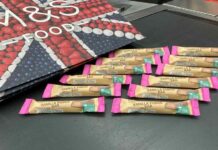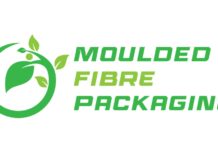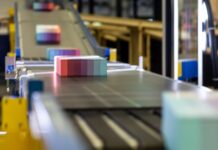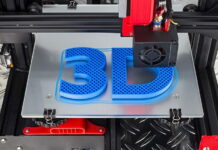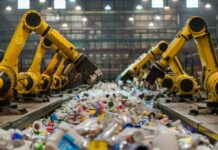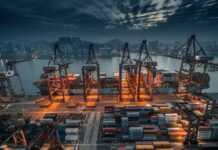SEA Vision and Marchesini Group are launching new solutions for printing, inspecting, and packing serialized blisters and performing aggregation with cartons, with the aim of boosting efficiency and security during the production and distribution of pharmaceuticals.
The companies say they decided to invest in the project to further enhance product identification for the healthcare industry. While identification is a prerequisite for secondary pharmaceutical packaging like cartons and pallets, this apparently does not apply to primary packaging such as blisters, which the companies explain is a “hidden gap” when it comes to preventing the counterfeiting of pharmaceutical products.
According to the companies, this could also enable product manipulation where the primary and secondary packaging are separated along the supply chain. SEA Vision and Marchesini Group’s solution reportedly provides a strategic solution for when the blister is distributed (for example, in hospitals, pharmacies, or to consumers) or used separately from its original packaging.
Alongside the serialization of single doses, the companies point to the “new frontier” of reading drug information through electronic leaflets, which can be scanned by the patient’s smartphone. This digitalization of drug leaflets apparently makes this information more accessible to patients, even when the drug has been separated from its carton box.
The companies claim that advancements in pharmaceutical packaging and digital printing technology offer lower production costs, greater flexibility, reduced warehouse stock, and greater independence from third-party suppliers.
For this project, SEA Vision says it focused its research and development on two areas: the choice of hardware and the latest-generation software development. With regards to hardware, the Contact Image Sensor with CoaXPress interface was identified by?SEA Vision as the most appropriate tool for the needs of this technological challenge.
When integrated into the SEA Vision Tracker, this sensor reportedly makes it possible to homogenously inspect web up to 367mm with high resolution (600dpi), inspect foils in a wide range of materials, and achieve high image transfer speeds, thus enabling line speeds of up to 75m/minute. This sensor minimises the physical footprint in the machine with an integrated lighting system and CIS customisation for more demanding reflective surfaces, while also cancelling the shear deformation effect on the image in order to optimise print quality control, according to the company.
In terms of software development, SEA Vision claims to have created new algorithms for reading codes and controlling print quality, and has apparently further developed its own application in order to maximise the performance of available threads.
In addition, SEA Vision offers different ways to print neutral Alu reels in-house: directly in-line, with a printer installed on the blister thermoformer, or using a Roll2Roll machine. According to the company, inline printing solutions permit the high-speed printing of the blister Alu foils and maximum flexibility for both serialized batches and for printing non-serialized artwork.
For Roll2Roll machines, Alu reels can reportedly be printed offline as part of the SEA Vision solution. The company adds that it can print all the different artworks needed in advance and stock them in a warehouse without having to rely on a third-party supplier.
As part of the partnership, Marchesini Group offers Integra 720V, an integrated, robotised line for packaging blisters in cartons that can handle up to three blister infeed lanes. The company says that the machine has a balcony-style structure, comprising two sections: a blister packaging machine that forms the blisters and places the products for packaging in their cavities, and a cartoning machine that packages the blisters in their cartons.
The two sections are connected by Robocombi, a three-axis robot that is fully integrated into the line. With its high-tech arm, which feeds blisters into the product conveyor boxes, Marchesini Group says Robocombi can be programmed to execute different stacking sequences based on the blister count set and is controlled by software that allows for the automatic synchronisation of the transfer, tracking and stacking system.
Additionally, the two sections can be separated by a partition so they can be included in environments of different classes and can be operated independently depending on the customer’s need, according to the company. The company notes that the machine also offers easy cleaning and size changing since the product loading area is separated from the electrical and mechanical parts.
Marchesini Group adds that Integra 720V has an innovative pusher and counter-pusher unit, a rotary drum carton opening system to cope with very high speeds, and an efficient leaflet picking and insertions system. The line can reportedly produce up to 750 blisters made of aluminium, OVC, PVDC, PET, and other materials and up to 500 cartons per minute.
From the 22nd to the 26th of August, at Achema 2022 in Frankfurt am Main, SEA Vision Group and Marchesini Group will launch the Integra 720V complete robotized blister line, the BLA 420 CW high-speed labeller, and the complete Track & Trace software solution for the first time.






